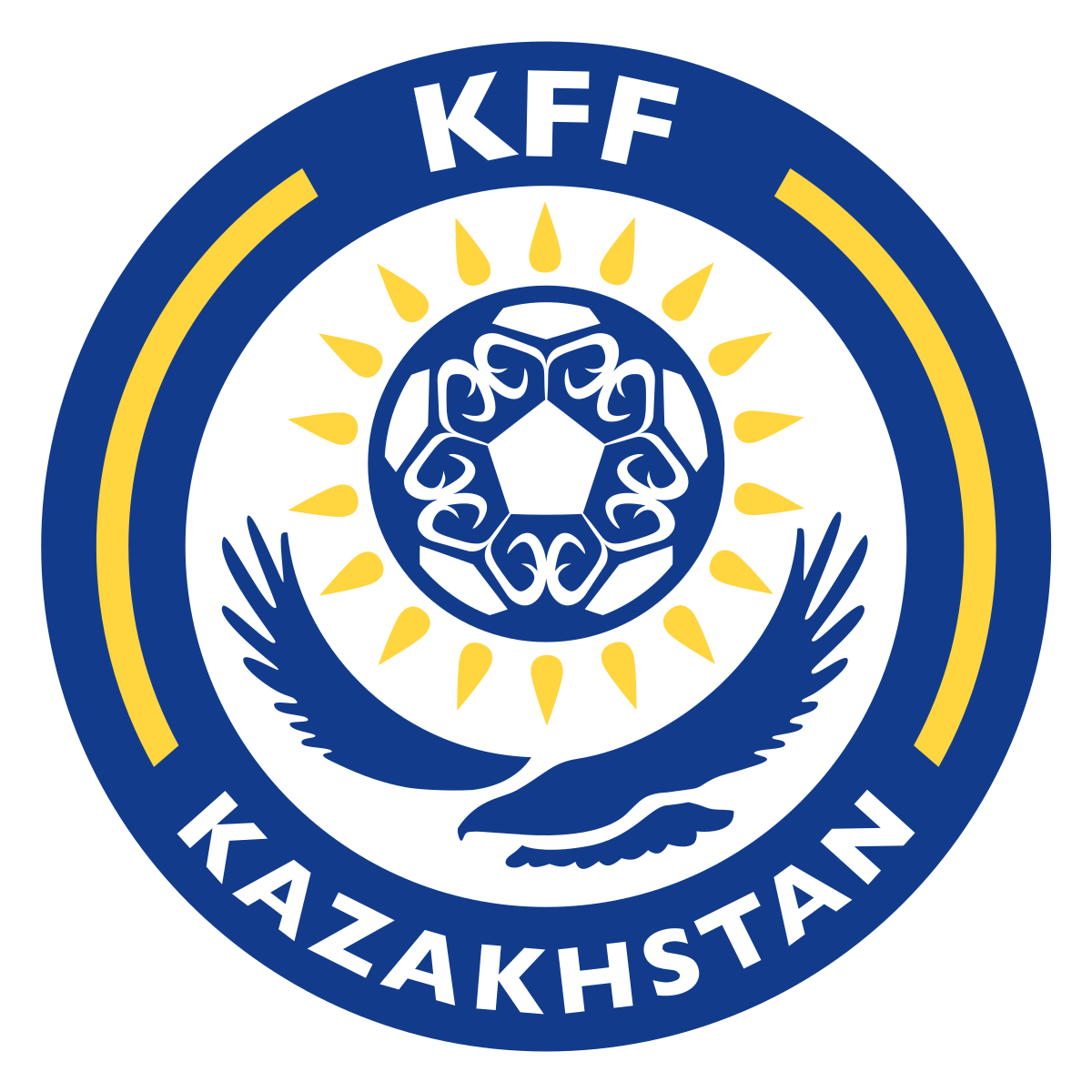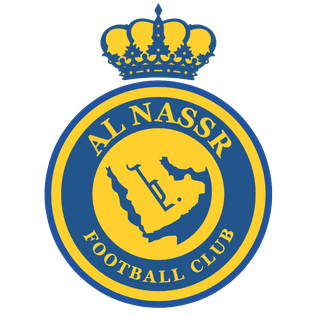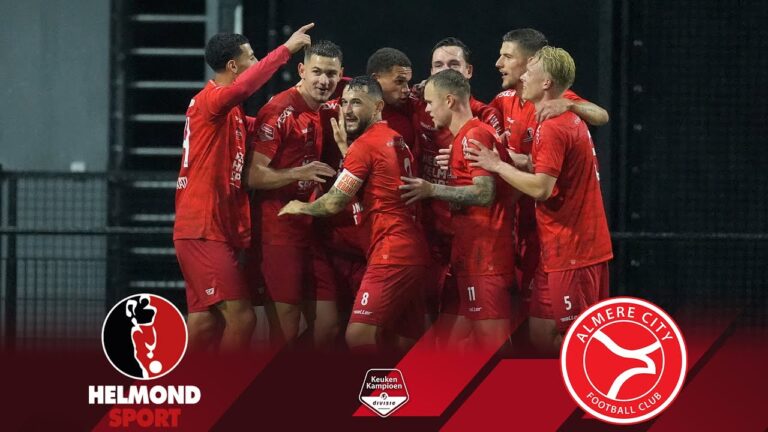
Kazakhstan FC
In recent years, Kazakhstan FC has emerged as a significant player on the Asian football scene. This club, representing the ambitious football culture of Kazakhstan, has quickly gained recognition for its dedication to growth, talent development, and competitive performances both domestically and internationally. While football in Kazakhstan might have once taken a backseat to other sports or more established football nations, the relentless progress of Kazakhstan FC symbolizes a new era. The club’s commitment not only elevates the profile of Kazakh football but also challenges stereotypes about Central Asian teams. This article delves deeply into how Kazakhstan FC is reshaping perceptions, building a strong footballing identity, and setting the stage for future successes.
Historical Development of Kazakhstan FC
Understanding Kazakhstan FC requires a look back at its origins and development over time. The club’s journey reflects the evolution of Kazakhstan’s football scene, influenced by geopolitical shifts, cultural factors, and strategic investments. From humble beginnings, Kazakhstan FC has charted a path filled with challenges and breakthroughs, shaping its distinct identity today sut88.
Roots of Football in Kazakhstan
Football in Kazakhstan traces its roots to the early 20th century during Soviet times. Initially, the sport was introduced through industrial workers and military personnel, gradually gaining popularity across cities like Almaty and Astana.
For much of the Soviet era, Kazakhstan-based clubs competed within the USSR league system. This setup exposed them to high-quality competition but often limited their independent growth. After independence in 1991, Kazakhstan faced the task of establishing its own footballing infrastructure, which included forming national leagues and nurturing local talent.
The foundation of Kazakhstan FC came against this backdrop of transition. Initially, the club focused on community engagement and providing opportunities for local athletes. These grassroots efforts laid a solid base for future expansion. As social and economic conditions improved, so did the resources dedicated to sports, allowing the club to professionalize and attract better talent.
Transition from Soviet Influence to National Identity
Kazakhstan’s independence marked a shift in the country’s football philosophy. Moving away from Soviet models, clubs sought to establish distinct identities rooted in Kazakh culture and pride. Kazakhstan FC embodied this transformation by incorporating traditional symbols and language into their branding, fostering a sense of ownership among fans.
This nationalistic approach extended to player recruitment, placing emphasis on developing homegrown players while selectively integrating foreign expertise. The club’s management recognized that success hinged on balancing these elements—creating a uniquely Kazakh team competitive on the international stage.
With increased state and private investment, Kazakhstan FC started revamping its facilities and coaching programs. They partnered with international organizations to exchange knowledge and adopt best practices. Such initiatives were instrumental in closing the gap between Kazakhstan and established Asian football nations.
Milestones and Breakthroughs
Kazakhstan FC’s timeline includes several notable milestones that signaled its rise. Early victories in domestic competitions helped build credibility and morale. Achieving qualification for continental tournaments was another breakthrough, exposing the squad to higher levels of competition.
One of the most significant moments came when Kazakhstan FC hosted a top-tier Asian opponent and secured an unexpected win. This upset sent shockwaves throughout the region and underscored the potential within Kazakh football. It also attracted media attention, sponsorships, and increased fan support.
Beyond wins and losses, Kazakhstan FC story is about resilience. Despite facing setbacks such as funding shortfalls or administrative issues, the club consistently found ways to rebuild stronger. Their journey exemplifies how determination and strategic vision can overcome structural disadvantages.





